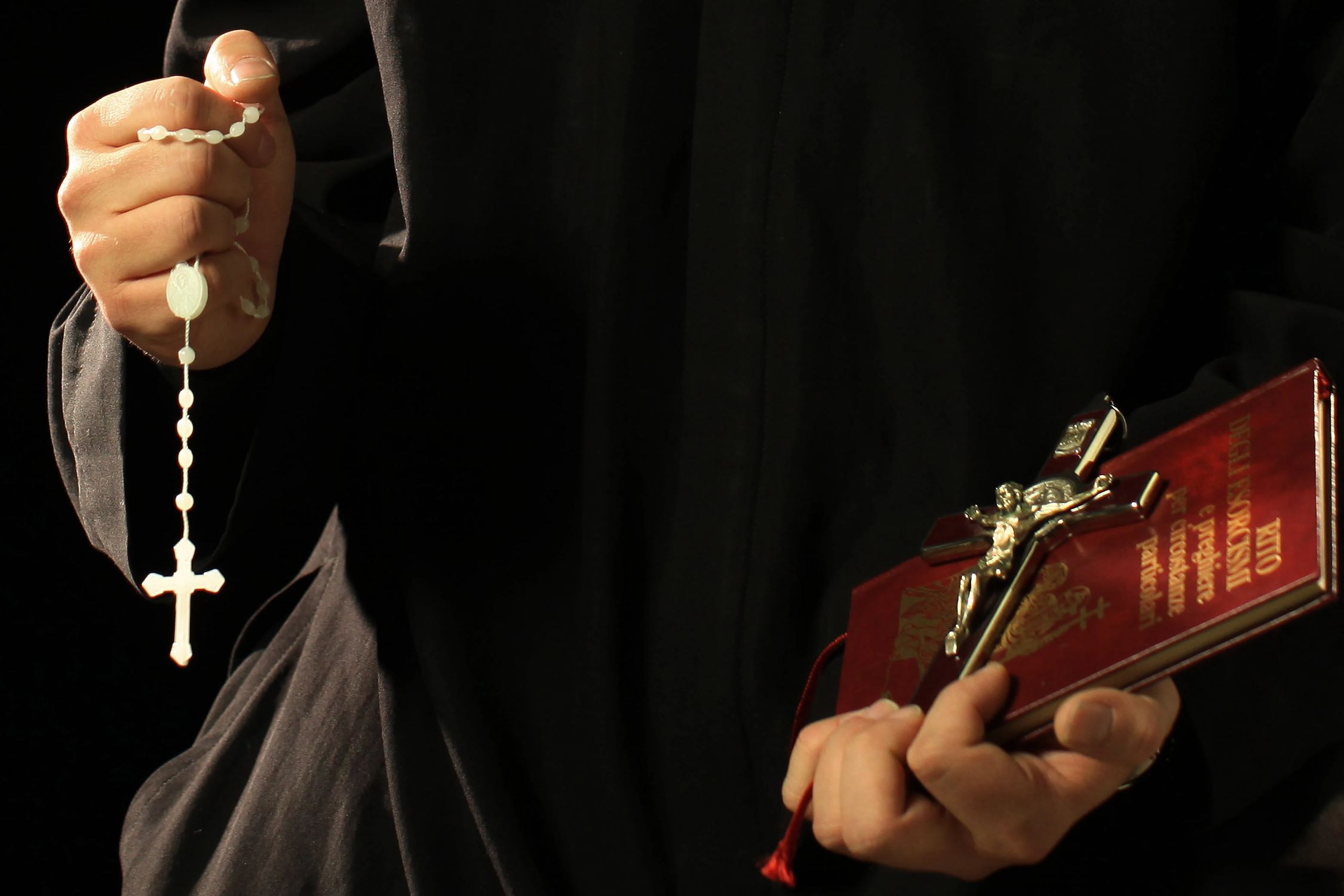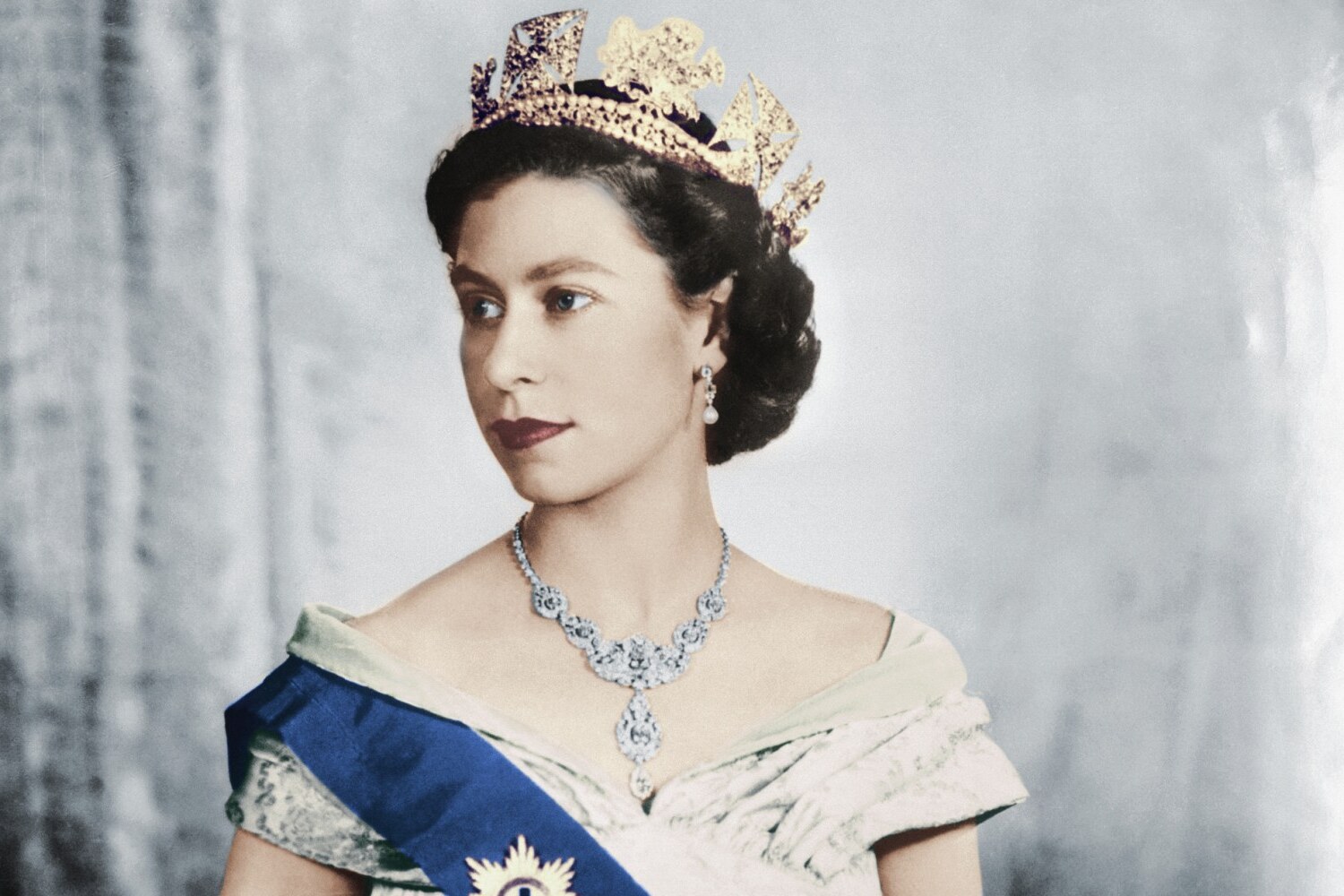
Who was Roland Doe? Roland Doe, a pseudonym, became famous due to a chilling exorcism in the late 1940s. His story inspired the iconic horror film, "The Exorcist." Born in 1935, Roland experienced strange events after using a Ouija board. Furniture moved, objects flew, and eerie noises filled his home. His family sought help from priests, leading to multiple exorcisms. Witnesses reported violent reactions, mysterious words appearing on his skin, and supernatural strength. Roland Doe's case remains one of the most documented exorcisms in history. Curious about the real events behind the legend? Here are 35 facts about Roland Doe that will leave you questioning reality.
Key Takeaways:
- Roland Doe's paranormal experiences, including scratching noises, moving furniture, and guttural voices, led to a dramatic exorcism that captivated the public and inspired the famous novel and film "The Exorcist."
- Despite skepticism and controversy, Roland Doe's case continues to be a source of fascination and study, sparking debates about the nature of possession and the validity of paranormal events.
Who Was Roland Doe?
Roland Doe, a pseudonym for a boy named Ronald Hunkeler, became famous due to a series of events that inspired the novel and film "The Exorcist." His story is one of the most well-documented cases of alleged demonic possession in the United States.
- Roland Doe was born in 1935 in Cottage City, Maryland.
- The events surrounding Roland Doe took place in the late 1940s.
- His family was Lutheran, not Catholic, which is unusual for exorcism cases.
- Roland was an only child, often described as lonely and introverted.
- The strange occurrences began after the death of his Aunt Harriet, who was a spiritualist.
The Paranormal Events
The series of unexplained events that plagued Roland and his family were both terrifying and bizarre. These incidents led them to seek help from various sources, including the church.
- The first strange event was scratching noises coming from the walls of Roland's bedroom.
- Furniture in the house reportedly moved on its own.
- Objects would fly across the room without any apparent cause.
- Roland's bed would shake violently at night.
- Family members claimed to hear strange, guttural voices coming from Roland.
Seeking Help
Desperate for answers, Roland's family turned to various experts and religious figures for help. Their journey took them from doctors to priests.
- The family initially consulted doctors and psychiatrists, who found nothing physically wrong with Roland.
- They also sought help from a local Lutheran minister, who was unable to provide relief.
- The family then turned to the Catholic Church, hoping for a solution.
- Father E. Albert Hughes, a Catholic priest, was the first to attempt an exorcism on Roland.
- During the exorcism, Roland reportedly broke free from his restraints and injured the priest.
The Exorcism
The exorcism of Roland Doe is one of the most famous and controversial in history. It involved multiple priests and took place over several weeks.
- Father William S. Bowdern, a Jesuit priest, led the main exorcism efforts.
- The exorcisms took place at the Alexian Brothers Hospital in St. Louis, Missouri.
- Roland was strapped to the bed during the exorcisms to prevent him from harming himself or others.
- Witnesses claimed to see words like "evil" and "hell" appear on Roland's skin.
- Roland reportedly spoke in languages he had never learned, including Latin.
The Aftermath
After weeks of intense exorcism sessions, the events surrounding Roland Doe came to an end. The family tried to return to a normal life, but the story continued to captivate the public.
- The final exorcism session reportedly ended with a loud noise and Roland's sudden calmness.
- Roland went on to live a relatively normal life after the exorcisms.
- He later worked for NASA and contributed to the Apollo space missions.
- Roland never spoke publicly about his experiences.
- The priests involved in the exorcism maintained that it was a genuine case of possession.
The Legacy
The story of Roland Doe has had a lasting impact on popular culture and the perception of exorcism. It has inspired numerous books, movies, and debates.
- William Peter Blatty's novel "The Exorcist" was directly inspired by Roland Doe's case.
- The 1973 film adaptation of "The Exorcist" became a cultural phenomenon.
- The case has been the subject of numerous documentaries and TV specials.
- Skeptics argue that Roland's behavior could be explained by psychological issues or fraud.
- Despite skepticism, the Catholic Church still considers the case a genuine instance of possession.
Controversies and Skepticism
The story of Roland Doe has not been without its controversies. Many have questioned the validity of the events and the motivations of those involved.
- Some researchers believe that Roland's symptoms were the result of mental illness.
- Others suggest that the family may have exaggerated or fabricated the events.
- The lack of concrete evidence has fueled ongoing debates about the case.
- Despite the controversies, the story remains one of the most famous exorcism cases in history.
- Roland Doe's case continues to be a topic of fascination and study for both believers and skeptics alike.
Final Thoughts on Roland Doe
Roland Doe's story has fascinated many for decades. His tale of possession and exorcism inspired the famous movie "The Exorcist." Whether you believe in the supernatural or not, the events surrounding Roland's life are undeniably intriguing. From the mysterious scratches on his body to the strange occurrences witnessed by those around him, his case remains one of the most documented and debated exorcisms in history.
The priests involved, the family’s desperation, and the medical professionals' skepticism all add layers to this complex narrative. While some see it as a clear case of demonic possession, others argue it was a severe psychological issue. Either way, Roland Doe's story continues to captivate and provoke thought.
So, next time you watch "The Exorcist," remember the real-life events that inspired it. Roland Doe's story is a reminder of the mysteries that still exist in our world.
Frequently Asked Questions
Was this page helpful?
Our commitment to delivering trustworthy and engaging content is at the heart of what we do. Each fact on our site is contributed by real users like you, bringing a wealth of diverse insights and information. To ensure the highest standards of accuracy and reliability, our dedicated editors meticulously review each submission. This process guarantees that the facts we share are not only fascinating but also credible. Trust in our commitment to quality and authenticity as you explore and learn with us.


